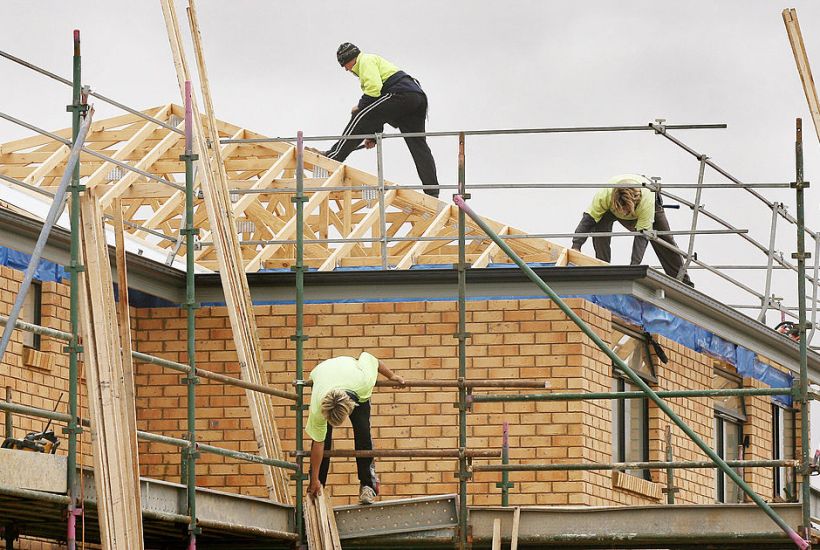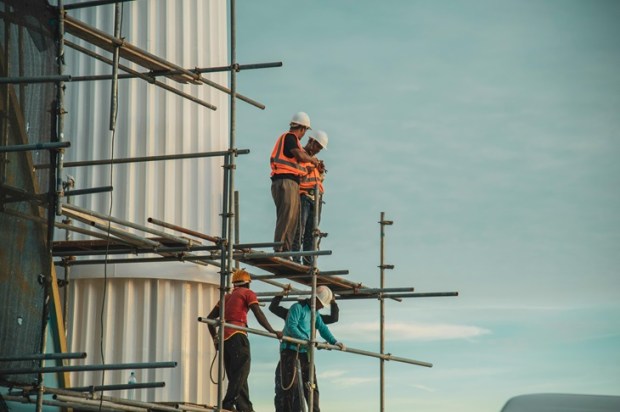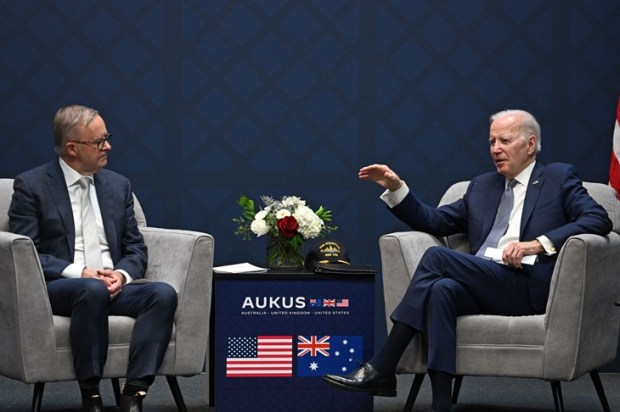Australia’s housing prices are astronomical. Indeed, compared to local salaries, Australian cities are among the world’s most unaffordable places to live. But you may not know why. The startling truth is that housing unaffordability is a costly, unfortunate consequence of zoning laws. These prevent developers from building enough properties to meet housing needs and boost the economy.
Already a subscriber? Log in
Subscribe for just $2 a week
Try a month of The Spectator Australia absolutely free and without commitment. Not only that but – if you choose to continue – you’ll pay just $2 a week for your first year.
- Unlimited access to spectator.com.au and app
- The weekly edition on the Spectator Australia app
- Spectator podcasts and newsletters
- Full access to spectator.co.uk
Or


























Comments
Don't miss out
Join the conversation with other Spectator Australia readers. Subscribe to leave a comment.
SUBSCRIBEAlready a subscriber? Log in